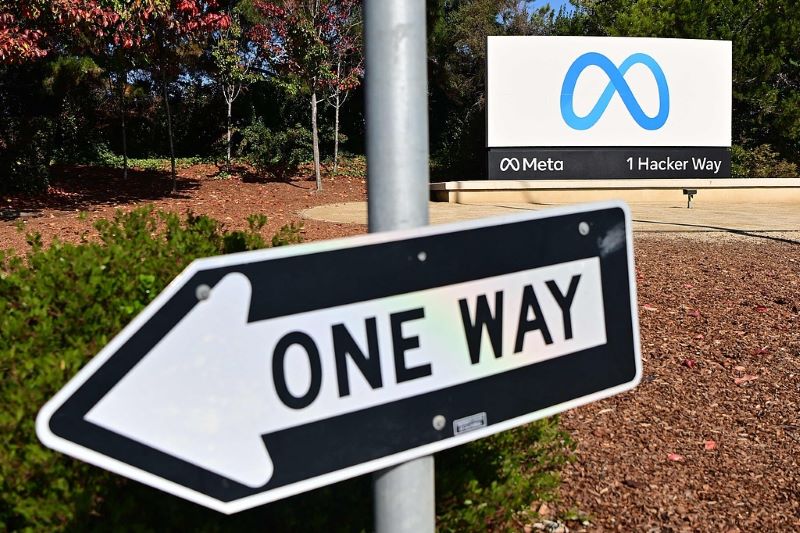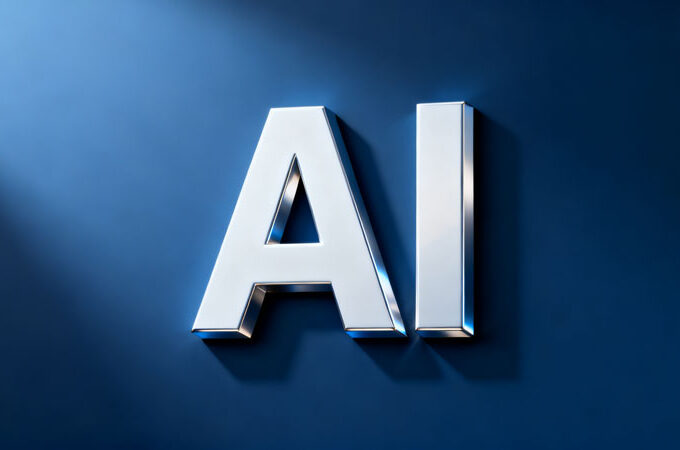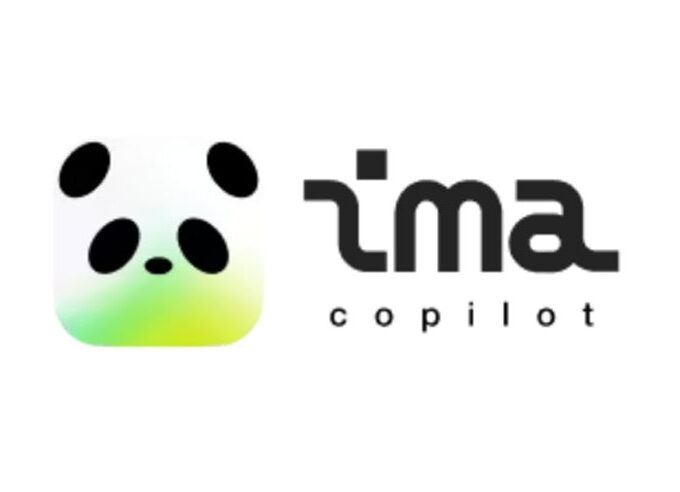In a bold move to enhance its global infrastructure, Meta, the parent company of Facebook, Instagram, and WhatsApp, has announced plans to invest a staggering $10 billion in the construction of an undersea cable network that will span over 40,000 kilometers, essentially circling the globe. This project, currently in its early stages, is designed to provide Meta with a dedicated, high-capacity communication link to carry data for billions of users worldwide. Dubbed the “W Project” due to the cable’s planned W-shaped route, the project is poised to reshape the way Meta handles global data traffic, enhance its artificial intelligence (AI) operations, and sidestep potential geopolitical risks.
A Groundbreaking Communication Infrastructure
The proposed undersea cable, designed to connect the United States, Africa, India, Australia, and back to the U.S. West Coast, will establish a new, highly resilient route for data transmission. The route itself is strategically planned to avoid critical geopolitical chokepoints such as the Red Sea and the Strait of Malacca, offering a more secure alternative to existing pathways. While Meta is still in the early phases of the project, with more detailed information expected by early next year, the cable is expected to take anywhere from five to ten years to complete.
Meta’s decision to build its own global communication network comes as the company faces increasing pressure to ensure that its services are supported by a stable and scalable infrastructure. The company’s flagship platforms, including Facebook, Instagram, and WhatsApp, account for a significant portion of global internet traffic—around 10% of fixed-line traffic and 22% of mobile data traffic. Given the growing demands of these platforms, as well as Meta’s expanding investments in artificial intelligence, the company has determined that controlling its own undersea cable network is a necessary step in securing the long-term reliability of its services.
The “W Project”: More Than Just a Cable
The W Project is not just a technical venture—it is a strategic move by Meta to directly control the global data transmission pathways that underpin its business. Traditionally, undersea cables have been built and operated by consortia of telecom giants, with companies like Google and Facebook joining forces with major telecommunications providers to build shared infrastructure. However, Meta is taking a different approach with this project, marking the first time the company has invested in a fully owned and operated undersea cable.
In recent years, several major technology companies have taken an increasing interest in owning the infrastructure that delivers data to their users. Google has already invested in over 33 different undersea cable projects, including some that it owns outright. Meta, on the other hand, has been involved in 16 cable investments but has not previously controlled any of the infrastructure. The W Project represents Meta’s first foray into owning its global communication network, enabling it to have exclusive control over a critical channel for global data transmission.
The new cable will be crucial in ensuring the smooth and efficient delivery of content, advertisements, and other services to Meta’s vast user base. As the company’s platforms grow and its AI capabilities expand, having a dedicated, high-capacity undersea cable will allow Meta to prioritize traffic for its own products, ensuring optimal service quality for users around the world.
Geopolitical Considerations and Security
Beyond the technical and business aspects, the W Project also appears to be driven by geopolitical considerations. By circumventing critical maritime choke points such as the Red Sea and the Strait of Malacca, Meta aims to avoid potential disruptions that could arise from political tensions, natural disasters, or other factors that could affect these vital routes. This approach ensures greater control and security over the company’s global data transmission network, minimizing the risks posed by reliance on third-party infrastructure.
In addition to these strategic considerations, Meta’s decision to invest in its own undersea cable network aligns with broader trends in the technology industry. As data security becomes an ever-growing concern, companies are increasingly looking for ways to maintain direct control over the flow of information. By building its own undersea cable, Meta can ensure that it has a more secure and reliable pipeline for transmitting data between regions.
The Role of Artificial Intelligence
One of the most intriguing aspects of Meta’s W Project is its potential impact on the company’s growing artificial intelligence (AI) initiatives. While the specifics of how AI might factor into the project remain unclear, there are strong indications that the undersea cable will play a key role in supporting Meta’s AI ambitions.
AI systems require massive amounts of data to train and operate effectively. As Meta invests more heavily in AI—particularly in areas like machine learning, natural language processing, and computer vision—the need for a robust and high-capacity communication network becomes even more critical. The W Project could provide the high-speed, low-latency data transfer capabilities necessary to support the AI workloads that Meta is developing.
India, which is a key part of the W Project’s proposed route, stands out as a strategic location for Meta’s AI aspirations. The country is not only home to a rapidly growing tech industry but also serves as a hub for AI research and development. In fact, Meta has already made significant investments in India, and the W Project could further solidify the country’s role in Meta’s global AI strategy. Some analysts believe that Meta may be positioning India as a center for AI training, with the undersea cable providing the necessary infrastructure to connect the country to the company’s global network.
A Long-Term Vision for Global Connectivity
Although the W Project is still in its infancy, its long-term implications for Meta’s business and the global tech industry are substantial. As more technology companies take on the responsibility of building and managing their own infrastructure, the lines between telecommunications providers and tech giants are becoming increasingly blurred. This shift reflects the growing importance of connectivity in the digital age, where control over the latest data transmission has become a critical asset.
Meta’s investment in the W Project is a clear signal that the company is preparing for a future where data flows seamlessly between regions, AI systems are integral to its operations, and its platforms continue to expand their global reach. While the project may take years to come to fruition, its potential to reshape Meta’s business model and redefine global connectivity cannot be overstated.
In a world where digital infrastructure is just as important as the services built on top of it, Meta’s $10 billion investment in its own undersea cable network represents a bold step toward ensuring that the company is ready to meet the demands of the future. Whether or not the project will live up to its ambitious goals remains to be seen, but one thing is clear: the W Project is poised to play a pivotal role in the evolution of the global digital economy.













Leave a comment